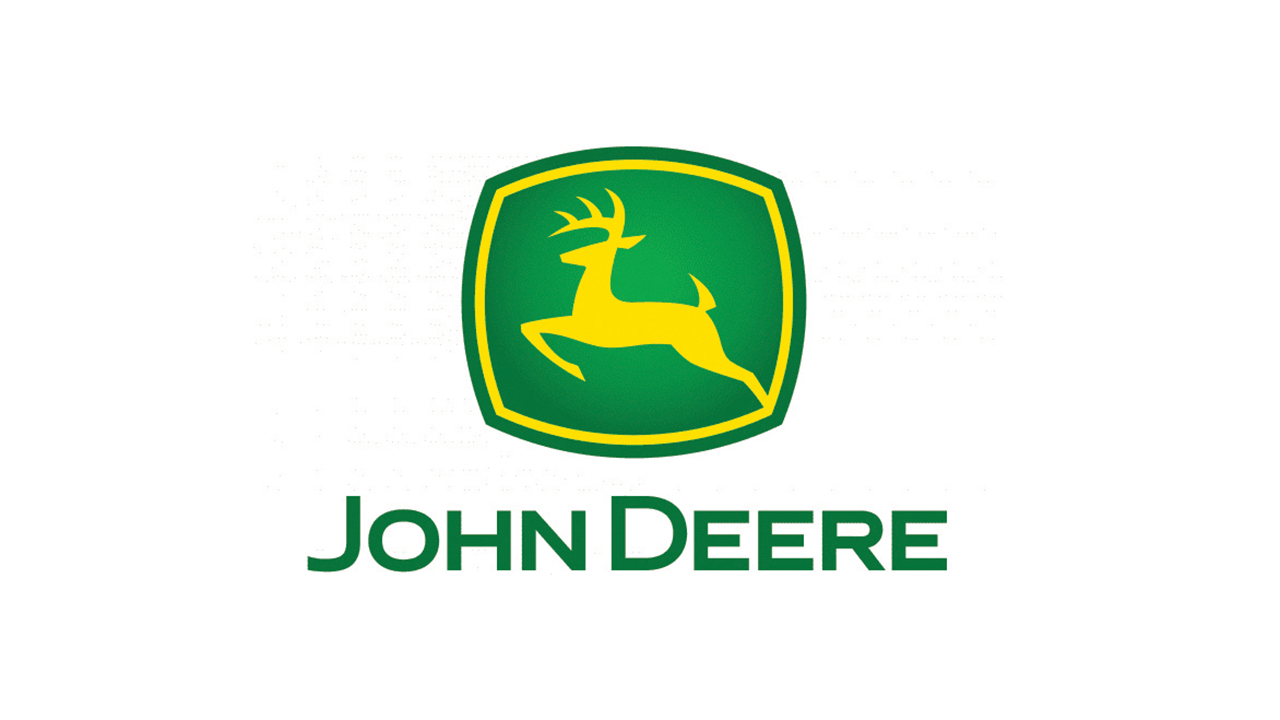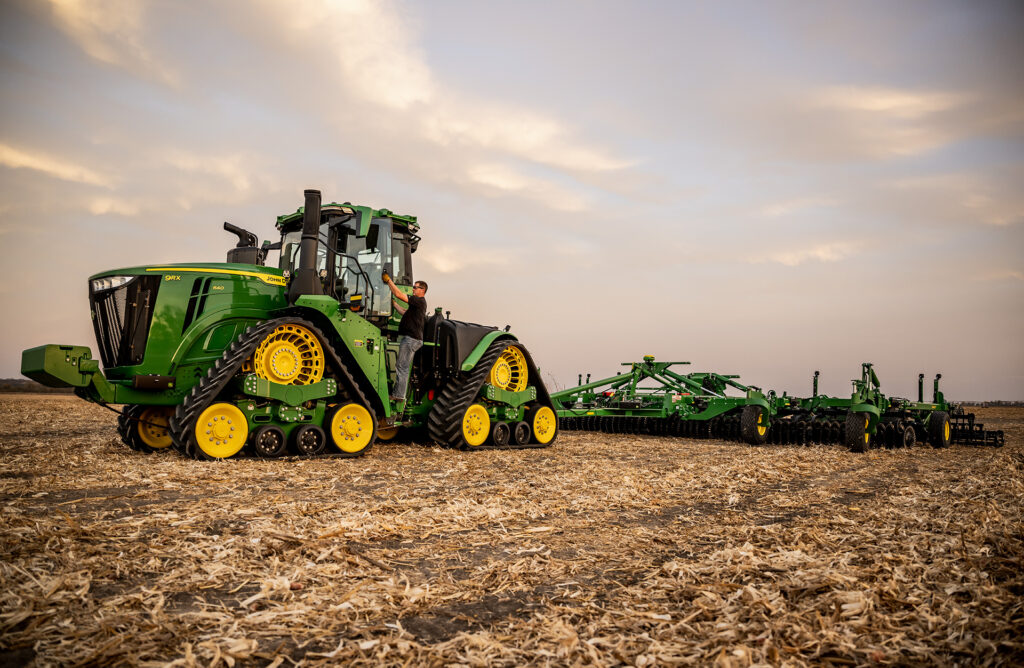Shares of Deere & Co. stock rose this morning after the Moline-based equipment maker announced second quarter earnings that beat Wall Street’s expectations.
In its 2Q report issued today, May 15, Deere reported net income of $1.8 billion, or $6.64 per share, for the second quarter ended April 27. That compared with net income of $2.370 billion, or $8.53 per share, reported a year ago.

According to Bloomberg, Wall Street expected a net income of about $1.5 billion. Analysts had predicted a profit of $5.58 per share.
As of noon today, Deere’s stock price was trading at $515.70, which was up $18.20, or 3.66%.
The earnings report also detailed performance over the first six months, showing a net income of $2.673 billion, or $9.82 per share, which compared with $4.121 billion, or $14.74 per share, for the same period last year.
Sales of John Deere equipment declined in both the quarter and the first six months. Worldwide net sales and revenues decreased 16% to $12.763 billion for the second quarter and decreased 22% to $21.272 billion, for the six months. Net sales were $11.171 billion for the quarter and $17.980 billion for six months, which compared with $13.610 billion and $24.097 billion last year, respectively.
“As we navigate the current environment, our customers remain our top priority,” John May,
chairman and CEO of John Deere, said in the release. “I’m incredibly proud of our team’s execution this quarter, delivering exceptional performance despite challenging market dynamics. Their dedication and hard work have been instrumental in ensuring our customers continue to receive the high-quality service and products they expect from John Deere.”
Looking ahead, Deere broadened its net income range and now forecasts its full-year net income to be between $4.75 billion to $5.50 billion. Previously, Deere’s guidance put net income between $5 billion and $5.5 billion, which is a significant decrease from the last fiscal year’s $7.1 billion net income.
While the new guidance included the impact of tariffs in effect as of Tuesday, May 13, Deere said that “due to the uncertain global trade environment, the potential impacts of future tariffs are not included in the outlook.”
“Despite the near-term market challenges, we remain confident in the future,” Mr. May added. “Our commitment to delivering value for our customers includes ongoing investment in advanced products, solutions, and manufacturing capabilities.”
Mr. May pledged that Deere will continue its investments in its core U.S. market “underscoring our dedication to innovation and growth while focusing on remaining cost-competitive in a global market.”
The earnings report comes as Deere’s agricultural customers are facing high interest rates and weaker crop prices.
In its production and precision agriculture division, sales decreased for the quarter due to lower shipment volumes. Net sales were down 21% to $5.23 billion from $6.58 billion a year ago. Operating profit was down 30%.
Construction and forestry sales also decreased in the second quarter to $2,947 billion from $3.844 billion a year ago, a 23% decline. Operating profit fell 43% to $379 million vs. $668 million in the same quarter last year.
Small agriculture and turf sales also decreased for the quarter while operating profit remained stable. Net sales in this segment were $2.994 billion vs. $3.185 billion a year ago.
Deere’s outlook for the fiscal year is forecasting net sales to be down in all three equipment divisions: production and precision ag, down 15-20%; small ag and turf, down 10-15%; and construction and forestry, down 10-15%.
.







